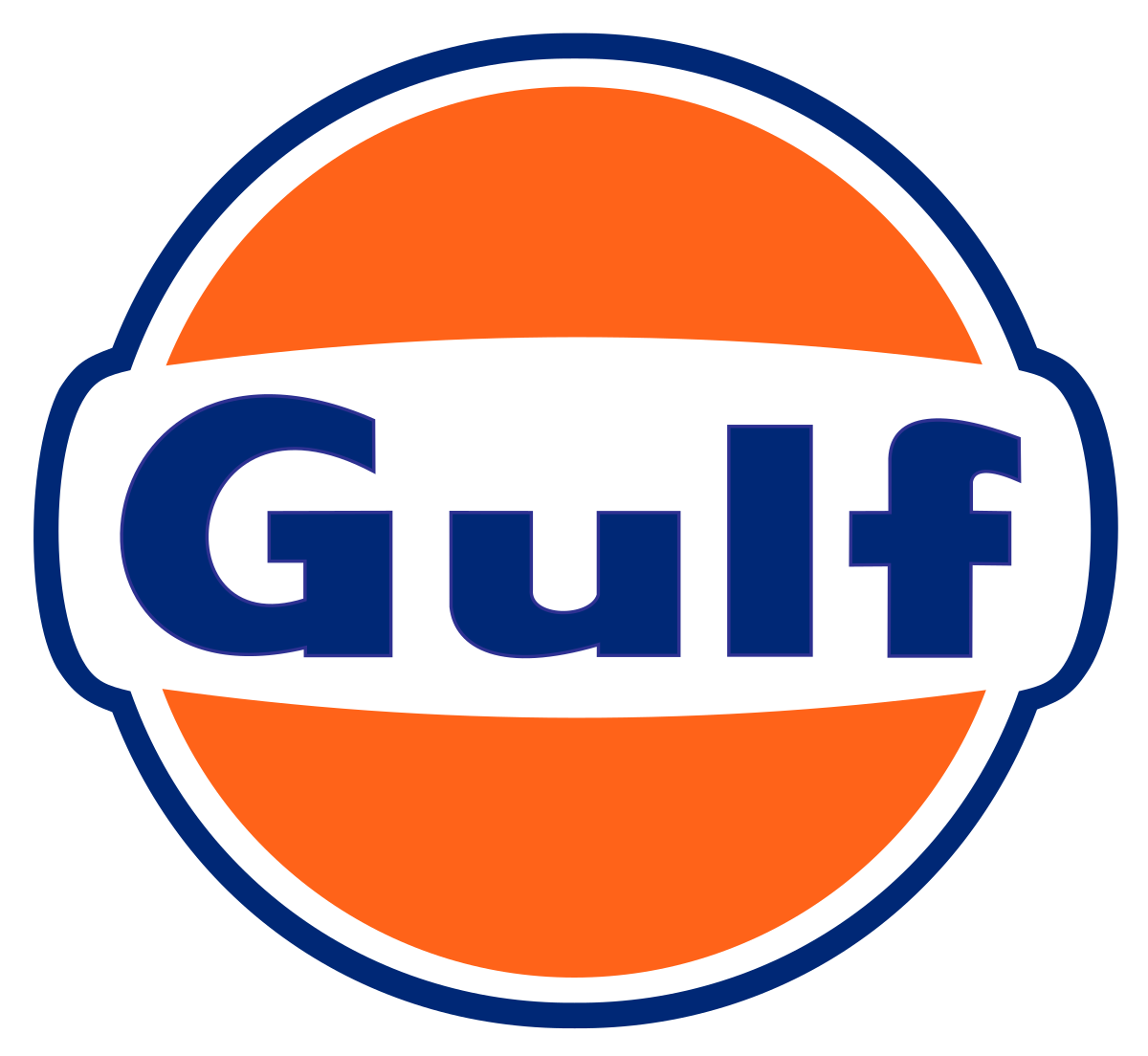Designing Effective Incentive Programs for Dealerships

As key players in the automotive ecosystem, auto dealerships are instrumental in driving sales, ensuring customer satisfaction, and maintaining brand loyalty.
Implementing effective incentive programs for dealerships can significantly boost performance, enhance employee engagement, and foster a competitive edge in the market.
In this comprehensive guide, we explore strategies for designing and executing successful incentive programs tailored for auto dealerships, incorporating insights from industry practices.

Thinking about launching an incentive program for your auto brand?
Schedule a free Proof of Concept session tailored for your brand
Understanding the Dealership Landscape
Identifying Common Challenges
Auto dealerships face a unique set of challenges that can impact their operational efficiency and sales performance:
Salesperson Performance Visibility: The lack of visibility into salesperson performance can hinder management’s ability to identify top performers and areas needing improvement.
High Attrition Rates: High turnover rates at the dealership level can disrupt operations and result in the loss of valuable institutional knowledge.
Autonomy and Accountability: While dealerships operate independently, balancing autonomy with accountability and alignment with organizational goals can be challenging.
Incentive Disbursement: Delays in incentive payouts and lack of access to accurate, real-time information can demotivate sales personnel.
Designing Effective Incentive Structures

Performance-Based Incentives
Aligning incentives with performance metrics ensures that efforts are rewarded appropriately:
Sales Targets: Offering bonuses or commissions for achieving and surpassing sales targets incentivizes salespeople to maximize their efforts. Performance metrics can include units sold, revenue generated, or market share captured.
Customer Satisfaction: Rewarding sales teams based on customer satisfaction scores fosters a customer-centric approach. Metrics can include customer feedback, repeat purchases, and referral rates.
Upselling and Cross-Selling: Providing incentives for upselling premium products or cross-selling additional services encourages salespeople to increase the value of each transaction.
Tiered Incentive Structures
Implementing tiered incentives can drive higher performance levels by rewarding incremental achievements:
Monthly Targets: Dealerships can set monthly sales targets, offering higher bonuses for achieving higher percentages of the target (e.g., 110%, 105%). This motivates sales teams to push beyond the baseline target.
Quarterly and Annual Goals: Establishing longer-term goals, such as quarterly and annual sales targets, with progressively larger rewards, encourages sustained performance. Complex metrics like balance scorecards, which include quality of sales and customer feedback, can be used to evaluate annual achievements.
Customer Referral Programs
Leveraging customer networks through referral programs can organically grow the customer base and drive sales:
Incentivizing Referrals: Offering rewards to customers who refer new buyers to the dealership encourages word-of-mouth marketing. These rewards can include discounts on future services, cash bonuses, or gift cards.
Verifying Referrals: Implementing a verification process to ensure the authenticity of referrals, such as follow-up calls or referral codes, enhances the program’s effectiveness and prevents misuse.
Promoting the Program: Actively promoting the referral program through various channels, including social media, email newsletters, and in-store signage, ensures customers are aware of the opportunity to participate.
Implementing Incentive Programs
Centralized Data Management
Leveraging centralized Dealer Management System (DMS) data ensures transparency and accountability:
Real-Time Data Access: Providing real-time access to performance metrics through a centralized DMS allows dealership management to monitor progress and make informed decisions. This enhances visibility into individual and team performances.
Target and Achievement Tracking: Downloadable reports on target achievements help dealerships assess performance accurately and adjust strategies as needed. Ensuring data integrity and accessibility fosters trust and transparency.
Trust-Based Operational Framework
Operating on a foundation of trust and empowerment enhances dealership engagement:
Dealer Autonomy: Allowing dealerships to make decisions on how to pass on incentives ensures that they can tailor rewards to their unique operational needs. Dealer principals, driven to make sales, can use their discretion to motivate their teams effectively.
Partnership with Financial Institutions: Collaborating with banks and insurance partners to offer additional incentives for achieving loan disbursements or insurance sales enhances overall profitability. These partnerships provide supplemental revenue streams and motivate dealerships to meet broader business objectives.
Ensuring Timely and Transparent Payouts
Timely and transparent disbursement of incentives is crucial for maintaining motivation:
Automated Systems: Implementing automated systems for tracking performance metrics and calculating incentives ensures accuracy and efficiency. Automation reduces administrative burden and minimizes errors.
Clear Timelines: Establish clear timelines for incentive payouts and communicate them to employees. Regular and predictable payouts maintain trust and motivation.
Tailoring Incentives for Wholesale and Retail Sales
Wholesale Incentives
Designing incentive programs for wholesale sales focuses on dealership performance and volume targets:
Monthly and Quarterly Targets: Setting monthly and quarterly sales targets with slab-wise percentages (e.g., achieving 110% or 105% of the target) motivates dealerships to meet and exceed goals. Specific incentives for underperforming models can drive sales for slower-moving inventory.
Annual Evaluations: Annual targets are the most complex, often incorporating a balance scorecard approach. Metrics such as the Customer Delight Index, which includes customer feedback and quality of sales, ensure that long-term incentives align with overall business objectives.
Retail Incentives
Retail sales incentives should reflect market demands and customer engagement:
Market-Driven Goals: Setting retail sales targets based on market requirements ensures alignment with customer demand. Achieving a certain percentage of inventory liquidation for specific models can drive sales and manage stock effectively.
Dealer-Run Incentives: Empowering dealers to run their own incentive programs allows for tailored approaches that address local market dynamics. Dealer-run incentives ensure flexibility and responsiveness to immediate market conditions.
Recognizing and Rewarding Achievements
Staff Recognition and Rewards
Celebrating achievements and milestones motivates dealership staff to actively participate in the program:
Monthly Leaderboards: Recognizing top-performing dealerships through monthly leaderboards or rankings based on sales performance instills a sense of accomplishment and friendly competition. Public recognition boosts morale and encourages sustained effort.
Exclusive Events: Inviting dealership teams to exclusive events, such as product launches or appreciation dinners, recognizes their contributions and strengthens relationships. Face-to-face interactions foster camaraderie and loyalty, reinforcing the sense of belonging to a supportive community.
Career Development Opportunities
Providing opportunities for career growth and development retains top talent and fosters long-term loyalty:
Training Programs: Offering regular training sessions on sales techniques, product knowledge, and customer service skills ensures that sales teams are well-prepared to excel in their roles. Investing in professional development enhances employee satisfaction and performance.
Leadership Pathways: Creating clear pathways for career advancement within the dealership organization encourages long-term commitment and retention. Employees who see opportunities for growth are more likely to invest in their roles and contribute to the dealership’s success.
Overcoming Common Pitfalls
Program Engagement and Adoption
Encouraging dealership participation and adoption requires ongoing communication and incentives:
Promotional Incentives: Offering bonus points or rewards for dealerships that join the program during launch promotions or special events creates excitement and incentivizes early participation. Limited-time offers create a sense of urgency and drive immediate action.
Referral Bonuses: Providing incentives for dealership staff who refer their peers to join the program expands the participant pool and fosters a sense of community. Word-of-mouth recommendations are highly effective in driving program adoption and engagement.
Technical Challenges and Barriers
Addressing technical challenges and barriers ensures a seamless user experience:
App Updates: Regularly updating the mobile app with new features, bug fixes, and performance enhancements based on user feedback ensures a smooth and enjoyable user experience. Continuous improvement demonstrates a commitment to providing the best possible service.
User-Friendly Interface: Designing an intuitive and user-friendly app interface with clear instructions and prompts simplifies the scanning process and minimizes errors. A seamless user experience enhances mechanic satisfaction and encourages frequent app usage.
Evaluating and Adjusting Strategies
Continuous Improvement
Regularly assessing program performance and gathering feedback enables refinement and optimization:
Usage Analytics: Analyzing app usage data, scanning frequency, and redemption patterns identifies trends and areas for improvement. Insights from analytics inform strategic decisions and drive program enhancements.
Mechanic Surveys: Soliciting mechanic feedback through surveys or focus groups gathers insights on program satisfaction, usability, and desired enhancements. Listening to mechanic input demonstrates a commitment to meeting their needs and improving the program.
Conclusion
Crafting effective incentive programs for auto dealerships requires a strategic approach that addresses the unique challenges and opportunities within the dealership environment. By implementing performance-based, tiered, and customer referral incentives, leveraging centralized data management, and fostering a trust-based operational framework, dealerships can achieve sustained success and growth. These incentive programs not only drive sales and enhance customer satisfaction but also build a loyal and committed team, contributing to the long-term success and growth of the dealership.

Incentives are crucial for auto dealerships as they motivate sales teams, drive higher performance, enhance customer satisfaction, and improve overall sales volume. They help dealerships stay competitive and achieve business goals.
My Incentives is a comprehensive platform designed to manage and optimize incentive programs for auto dealerships. It offers centralized management, real-time analytics, customization, and enhanced engagement tools to ensure the success of your incentive programs.
Leading auto brands like Mahindra and Gulf use My Incentives to run their incentive programs.

Ready to take your dealership incentive programs to the next level?
Schedule a free Proof of Concept session tailored for your brand

Ready to take your dealership incentive programs to the next level?
Schedule a free Proof of Concept session tailored for your brand
Incentives are crucial for auto dealerships as they motivate sales teams, drive higher performance, enhance customer satisfaction, and improve overall sales volume. They help dealerships stay competitive and achieve business goals.
My Incentives is a comprehensive platform designed to manage and optimize incentive programs for auto dealerships. It offers centralized management, real-time analytics, customization, and enhanced engagement tools to ensure the success of your incentive programs.
Leading auto brands like Mahindra and Gulf use My Incentives to run their incentive programs.
